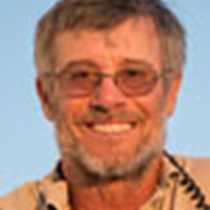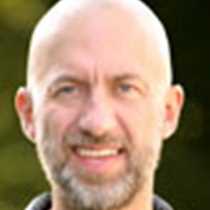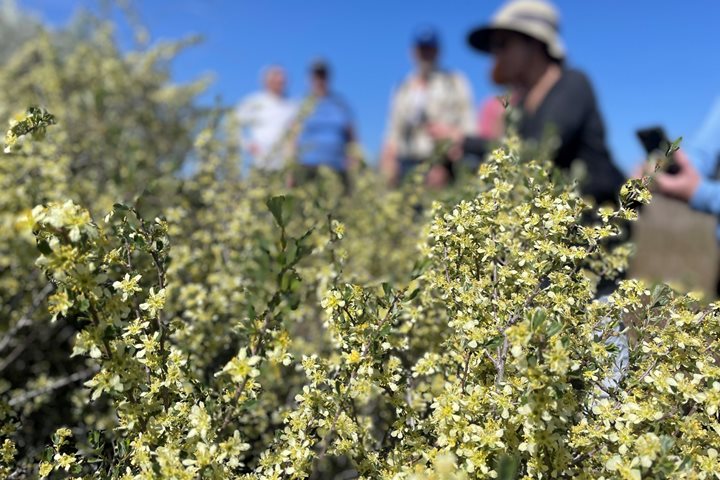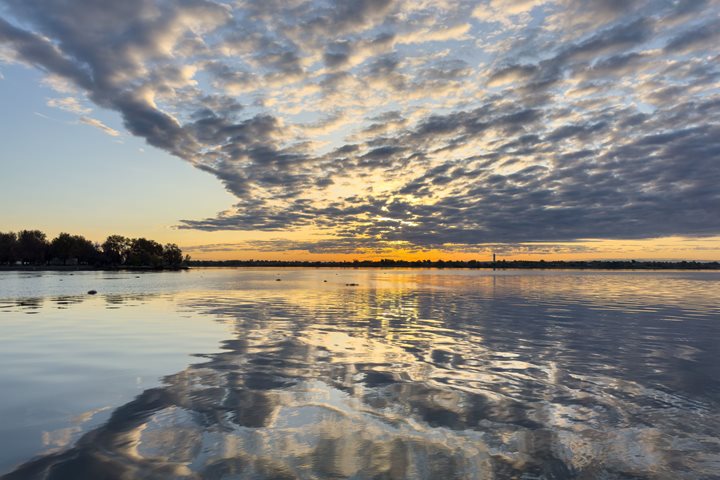As is often the case in Astoria, the sky is leaden. As National
Geographic Sea Lion approaches town, a handful of freighters riding high in
the water are at anchor awaiting their cargo. California sea lions bark as they
jostle for space on channel markers. We spot a plethora of gulls amid their
typically raucous behavior. A few harbor seals show their heads above the
surface of the river.
This morning’s adventure begins with a visit to Washington state’s Waikiki
Beach, where we enjoy a sandy stroll and views of the rock-rugged coast. The
water is calm and a few of us dip our toes in the brine. Unlike the weather at
the more famous Waikiki Beach, it is cool here with patches of blue above. We
continue to the Lewis and Clark Discovery Center, which has exceptional
exhibits addressing many aspects of the expedition. Outside, we look out from the
top of the cliff, over the Pacific Ocean and the mouth of the Columbia River.
The infamous “bar” is uncharacteristically calm. A few Brandt’s and
double-crested cormorants remain on the rocks as their breeding season has just
about come to an end. There are plenty of gulls, including one Heermann’s gull,
one of the most attractive of the gull species in this region.
We are off again after lunch. Fort Clatsop, a National Park Service
site, was the winter headquarters for the Corps of Discovery between the years
of 1805 and 1806. Sitka spruce and western hemlock trees dominate this
temperate rain forest - a radical contrast to the arid shrub-steppe region of
eastern Washington. It was a wet and dismal time for the Lewis and Clark
expedition. The members suffered from colds and resorted to eating elk meat
that was often well past it’s prime. On the ride back to town, we pass by a
herd of Roosevelt elk.
At the Coast Guard pier in Astoria, we visit the extraordinary Columbia
River Maritime Museum. Before walking through the exhibits, a docent leads us
through a short course in Coast Guard rescue operations. Fascinating! The
lightship Columbia, tied up to the dock adjacent to the museum, is a part of
the experience. Anchored outside of the mouth of the Columbia River, this ship
was a beacon for incoming ships. Duty on board was not always pleasant, as the
lightship was especially susceptible to ocean motion and the crew lived in
cramped quarters.
After the museum, we choose from a smorgasbord of options. There is
time to explore the interesting downtown shops, take a walking tour or come
directly back to the ship. During cocktail hour, we enjoy looking back at our
adventure as we watch the world premiere of our very own “Road Scholar Group
Slide Show.” Shared memories bind us together with laughter and applause. A
fitting end to a fabulous adventure.









